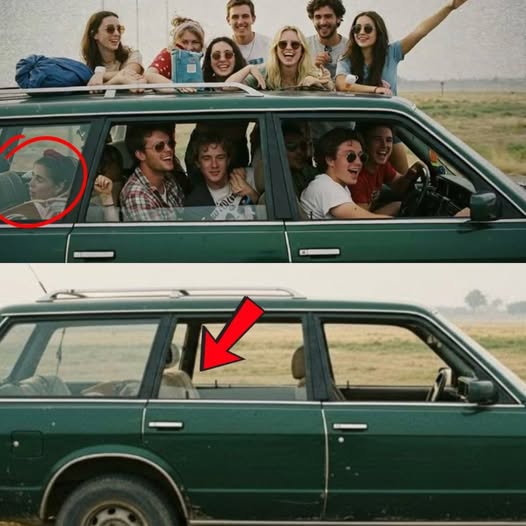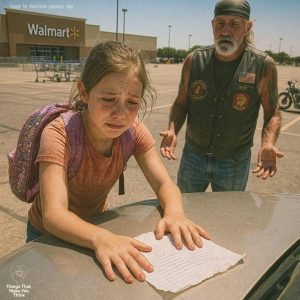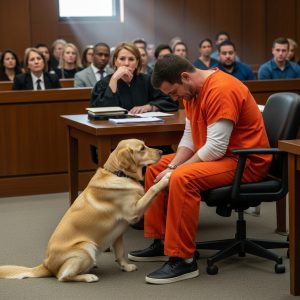In the summer of 1992, the promise of adventure floated in the warm air of Reno, Nevada. Ten college friends, filled with the invincible energy of youth, embarked on what was meant to be the road trip of their lives. Three weeks of freedom, camping under starry skies and exploring the forgotten corners of the American Southwest.
However, their laughter and the music that escaped from the windows of their two cars faded into the vast silence of the desert. Within weeks, they vanished without a trace, becoming a ghost that would haunt their community for more than three decades. Now, 32 years later, the discovery of their buried car has unearthed a truth far more sinister and complex than anyone could have imagined.

When the rusted remains of the van were finally unearthed from beneath the shifting sands of the Mojave, investigators expected closure. What they found instead were questions that burned colder than the desert night.
Inside the vehicle were only seven bodies. Three seats were empty — and freshly cut ropes dangled from them. Nearby, buried under a thin layer of rock, lay a weathered journal sealed in plastic. The first page was dated July 17, 1992.
“The engine died yesterday. We tried walking east, but the heat is unbearable. Something’s wrong with Matt. He says we’re being watched.”
The last entry came six days later, written in trembling handwriting:
“If anyone finds this… the lights weren’t stars. Don’t follow them.”
Forensics determined the van had been deliberately buried years after the friends disappeared — sometime between 2005 and 2008. Someone had returned.
The revelation sent shockwaves through Reno. Families who had grieved decades ago reopened old wounds. And when DNA testing traced faint traces of a tenth set of fingerprints — belonging to one of the missing friends, alive as recently as 2010 — the case shifted from a tragedy to a hunt.
Reporters dubbed it “The Silence of the Desert.” But among locals, a darker legend grew — that the desert itself remembers, and that not everything lost to it stays dead.
In the final scene, an old gas station attendant miles from the discovery site was interviewed for a documentary. When shown a photo of the missing group, his weathered face went pale.
He pointed to the image of a smiling young man — the same one whose fingerprints had been found.
“I saw him,” the attendant whispered. “Just last year. He came through here… said he was finally going home.”
And beyond the camera’s frame, the wind howled over the empty dunes — carrying with it the faint echo of laughter, lost to the sands since 1992.




